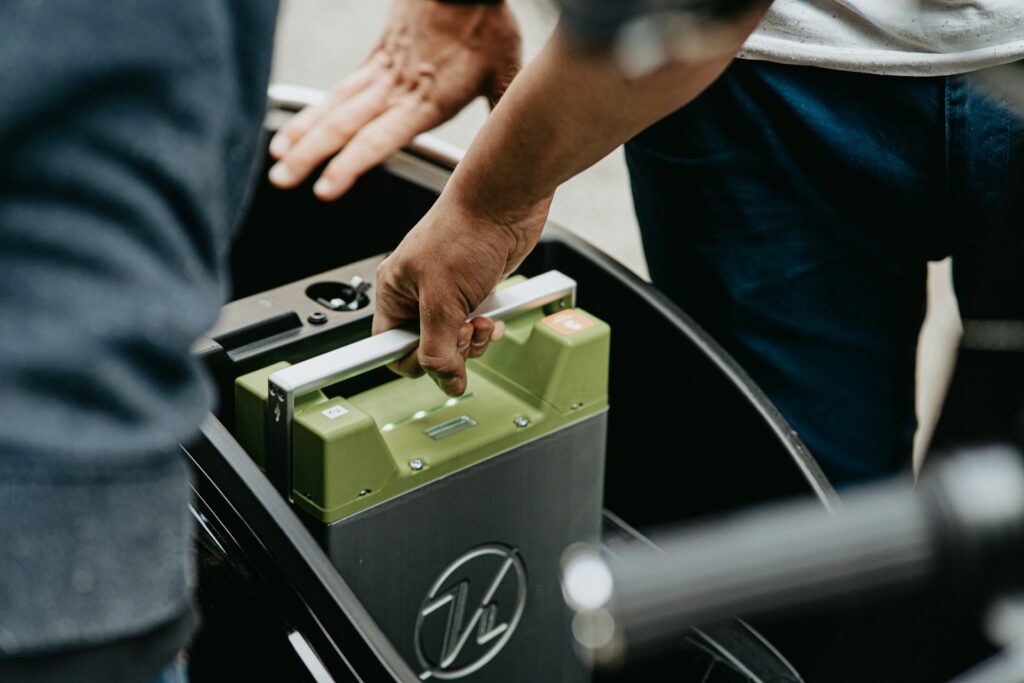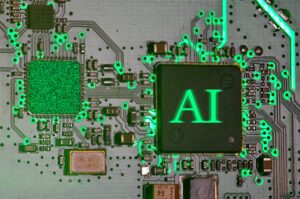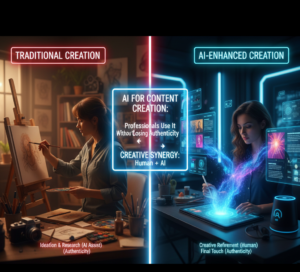Inventions in Battery Recycling: Transforming Used Electric Vehicle Batteries into Innovative Energy Solutions

Inventions in Battery Recycling: Transforming Used Electric Vehicle Batteries into Innovative Energy Solutions
Electric cars (EVs) have become emblems of a future that is cleaner and more sustainable; nevertheless, they also carry with them a new challenge: what happens to all of those strong lithium-ion batteries once they are no longer able to power a car? In the past, old batteries often posed a harm to the environment or resulted in expensive waste. But owing to a fresh wave of breakthroughs in battery recycling, the batteries that were used in electric vehicles in the past are making a comeback as a component of the energy grid, household power systems, and other systems of the future.
In this context, recycling is not limited to the conventional notion; rather, it refers to the process of converting used batteries into useful resources that continue to function for a considerable amount of time beyond their initial purpose.
Why It Is Important to Recycle Electric Vehicle Batteries
When electric vehicle batteries are separated from their vehicles, they do not immediately cease to function; in most cases, they still have around 70–80 percent of their storage capacity remaining. It is sufficient to power homes and businesses, and it may even contribute to the grid’s ability to balance out renewable energy.
By recycling them, heavy metals and chemicals are prevented from being dumped in landfills, the need for new raw materials such as lithium and cobalt is decreased, and the environmental impact of electric automobiles is reduced. But up until quite recently, recycling batteries on a wide scale was a difficult process that required a lot of energy and was often not cost-effective.
Because they are transforming a fresh issue into a workable solution, innovative technologies and inventive methods to reuse are quite exciting. This is the reason why they are so intriguing.
The Increasing Popularity of Batteries That Have Been Used Before
The concept of “second life” reuse is likely to be one of the most fruitful concepts. Instead of immediately dismantling batteries into their component parts, businesses go through the process of testing and refurbishing them so that they may be used in less demanding jobs.
Used electric vehicle batteries, for instance, may not be able to provide the steady high power that a car requires anymore, but they are ideal for storage in a fixed location. It is possible for them to store extra energy from solar panels during the day and then release it when there is a surge in demand during the night. They are stacked together in containers.
Several initiatives have already put this concept into action: battery parks constructed from repurposed electric vehicle cells are helping to stabilize local grids, providing backup power to hospitals, and even providing electricity to stadiums.
Recycling Technologies That Are Ingenious
The next phase, which occurs after batteries have literally reached the end of their useful lives, is to remove the precious components that they contain. When using traditional procedures, it is common to use high temperatures or powerful chemicals, both of which may be energy-intensive and result in waste.
Changing that is the result of new methods. Battery packs may now be disassembled in a secure manner using mechanical procedures, which separate components for reuse. “Hydrometallurgical” techniques include the use of water-based solutions for the purpose of recovering metals such as lithium, nickel, and cobalt with a reduced effect on the environment.
Direct recycling methods that retain the structure of the battery are also being developed by a few businesses. These approaches will make it simpler to rebuild cells without having to begin the process from scratch.
Completing the Cycle: Creating New Batteries from Used Batteries
Battery recycling innovation has the ability to complete the loop, which means that it can transform recovered materials from old batteries into brand new batteries. This is perhaps the most intriguing aspect of battery recycling innovation. By decreasing the need to mine fresh materials, this concept of the circular economy might make electric vehicles substantially more environmentally friendly.
When recovered lithium and nickel are reused, not only does this conserve raw resources, but it also has the potential to help stabilize prices in a market where demand is reaching new heights. Electric vehicles (EVs) could become more economical and environmentally friendly as a result of this in the long term.
Outside of Automobiles: The Bigger Picture
These advancements are not limited to automobiles alone. Batteries that have been recycled or reused may be used in the construction of energy storage systems that enable the lights to remain on even when the sun is not shining or the wind is not blowing. Not only are they able to provide dependable electricity to rural locations that do not have a stable grid, but they can also provide backup power to hospitals, schools, and emergency shelters.
Through the process of giving batteries a second chance at life, we are not only able to solve the issue of waste, but we are also able to uncover new methods to store sustainable energy and make the whole energy system more vulnerable.
Remarks to Conclude
When electric vehicle batteries step off the road, their tale does not have to come to an end. Batteries from the past have the potential to become tomorrow’s energy solutions by means of intelligent recycling and applications that serve a second life. These solutions may be used to power homes, maintain the balance of renewable grids, and reduce the need for new raw materials.
This serves as a reminder that innovation is not limited to the creation of new items; often, the most intelligent solutions are brought about by reconsidering what we already own. And that frame of mind may make all the difference in a world that is working toward a more environmentally friendly future.






